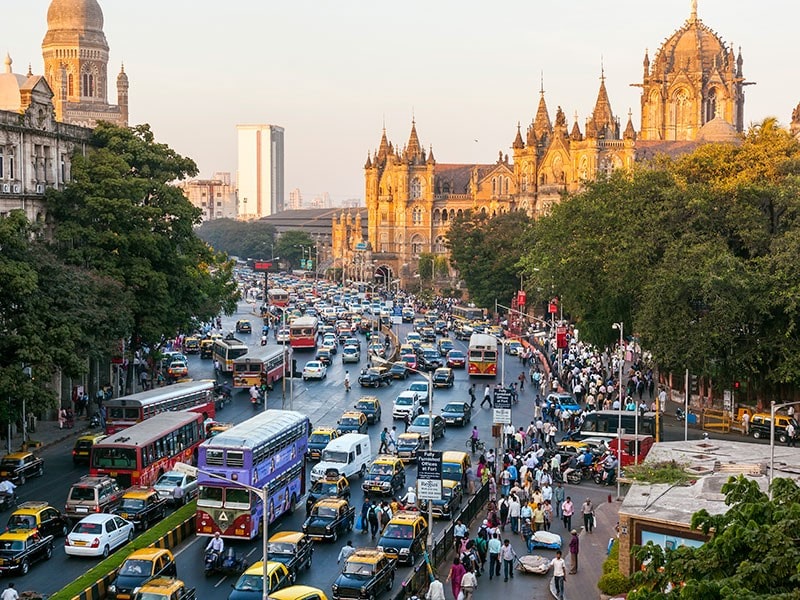
Post pandemic the recovery worldwide has been pushing the inflation index upwards which as a consequence has raised speculations about the monetary policy stance of developed nations. Even before the pandemic happened developed nations opted for low level of interest rates and after the pandemic, there is an increased liquidity injection to stimulate the economy which has led to all-time high liquidity. Investors are turning towards developing nations like India due to low bond yields in developed nations but in the past, there have been stances where investors were quick to withdraw funds from emerging markets like India whenever the situation seemed risky. But these stances have varied according to ‘investor risk perception’ and a nation’s relative economic position among other emerging markets. The situation today is different and comparatively Indian vitals are seemingly healthy.
India’s GDP is of significant importance because it accounts for almost 7% of the world and 80 percent of South Asia in purchasing power parity terms. Any change that is positive or negative has rippled effect on global growth via trade linkages and supply chains. For instance, the recent pandemic impacted deeply causing an economic downturn with growth at 4 percent per annum during FY 2019-20 but then followed a gradual recovery due to the structural reforms taken by the authorities having a sizeable impact. According to International Monetary Fund, the economy is expected to grow at 9.5 percent for the FY 2021-2022 and 8.5 percent for FY 2022-2023. The investment and consumption scenario is gradual due to the incoming waves of the pandemic which require that the financial sector be further strengthened. The headline inflation is projected at 5.6 per cent FY 2021/2022 and credit to the public is expected to be at 8 percent in FY2021-22. Our demography places us a step above than rest of the nations but the loss of education due to limited access to technology could seriously hamper improvements in human capital ultimately impacting the workforce.

It is good that the Indian economy is projected to be grouped among the world’s fastest-growing economies and is positioned well among its peer for growth in 2022. But this growth will not be unhampered due to issues such as inflation, continued supply disruptions, and competition for foreign resources. Another good thing is the fact that India is rightly placed in terms of reserves it holds and the debt denominated in terms of dollars is low. This situation will help India offset the challenge of high fiscal deficit and rising debt servicing costs borne by the government due to the pandemic which otherwise would be problematic for the financial sector.
Let’s look at the risk factors which increase uncertainty about the economic outlook
- The Emergence of new COVID variants, vaccine shortages, and additional lockdowns.
- External uncertainties like oil prices could affect the exchange rates and push the inflation index upwards which further can impact the economic recovery.
- A weak fiscal position could increase risk originating from higher financing costs
Talking about dealing with these above mentioned risks the fiscal policy can play a key role in facilitating strong and inclusive recovery. The government can increase expenditure on public services like infrastructure, health and education, etc. which are necessary for sustainable growth and boosting India’s potential growth. Also, enhancing the role of local governments is of utmost importance as it strengthens fiscal federalism which ultimately improves the efficiency and effectiveness of public services. The reassessment of fiscal targets and reforms in public financial management is important for enhancing credibility and successful implementation of rules and targets.
Furthermore, accommodative monetary policy stance coupled with systemic liquidity remains an appropriate choice post-pandemic. The negative effect of the 2nd wave requires continued monetary support and liquidity to vulnerable sections of the economy. While there is a need for increased liquidity but the inflationary pressures shouldn’t be overlooked and considered while easing the liquidity hold.
